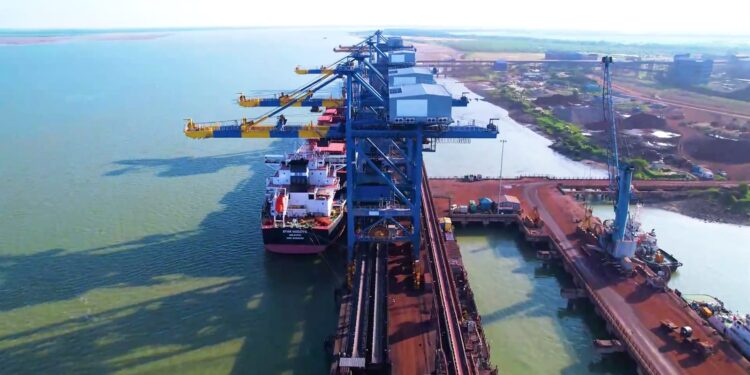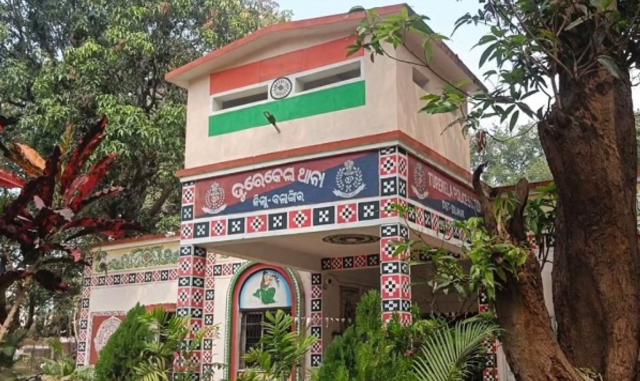Odisha is making significant strides in transforming its maritime sector through a forward-thinking and policy-driven approach.
The initiatives in this sector are led by the Odisha Maritime Board and guided by the Commerce & Transport Department. The government’s substantial efforts to modernise and expand key ports are creating robust, port-linked economic ecosystems.
The capabilities for maritime trade and logistics in Odisha have been strengthened, both domestically and internationally. Cargo handling capacities at non-major ports have reached 80 million tonnes per annum (MTPA), with Dhamra Port managing 46.08 MTPA and Gopalpur Port handling 6 MTPA of cargo in the fiscal year 2024-25. This growth has resulted in substantial revenue generation of Rs 306 crore for the state during the same period. Paradip Port Authority, the major port in Odisha, has once again emerged as the largest cargo-handling major port in India, managing 150.41 MTPA of cargo in FY 2024-25.
The introduction of advanced port technologies and deeper berths is opening new avenues for trade, industry, and regional integration. Improved connectivity via Dhamra and Gopalpur ports has positioned Odisha as a crucial hub for global commerce, enhancing export-import ties and market access. Domestically, a focus on better coastal shipping routes and feeder services has improved connectivity to industrial and agricultural centers, ensuring seamless last-mile delivery of goods.
The execution of a concession agreement with JSW Utkal Steel Limited for establishing a captive jetty to handle cargo for its Integrated Steel Plant reflects the state’s commitment to supporting industrial growth through specialised maritime infrastructure. This project is expected to bring a significant investment of Rs 2,104 crore and generate employment (both direct and indirect) for nearly 3,450 people. Additionally, the concession agreement with Gopalpur Ports Ltd. has been revised to facilitate a change in shareholding, with 95% of equity shares now held by Adani Ports & SEZ. This change is expected to bring in an investment of Rs 16,554 crore and generate approximately 5,000 jobs.
Odisha’s maritime strategy stands out due to its emphasis on sustainability, integrated logistics, and network viability, while also focusing on safety and skill development. The innovative approach to multi-modal logistics integration at these ports is improving operational efficiency and laying the groundwork for well-planned, sustainable port development across the state.
To address the need for a skilled workforce, simulators have been installed at the Crew Training Institute in Chandbali and the Odisha Maritime Academy, providing realistic ship operation simulations. Moreover, to enhance safety in inland water transport, the Directorate of Ports & IWT has distributed nearly 35,000 pieces of life-saving equipment (such as lifebuoys, life jackets, and fire extinguishers) to boat owners, with a 95% subsidy.
By creating new opportunities for trade, manufacturing, and employment, this policy is bridging regional disparities and integrating aspirational coastal districts into the mainstream growth narrative. Odisha is steadily emerging as a burgeoning maritime hub, driven by a clear vision, strong policy direction, and a commitment to inclusive, future-ready infrastructure, all aimed at achieving a Viksit Odisha by 2036 for a Viksit Bharat by 2047.




















